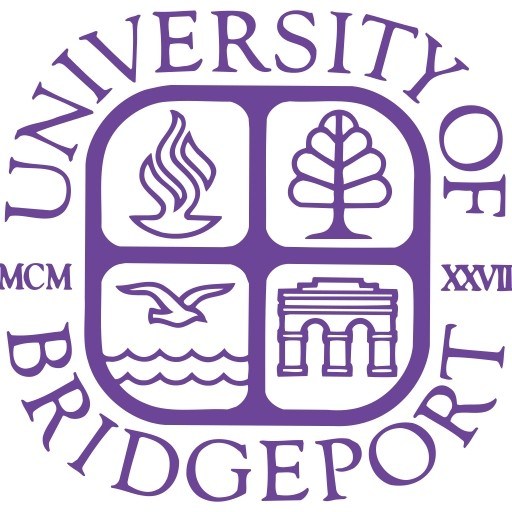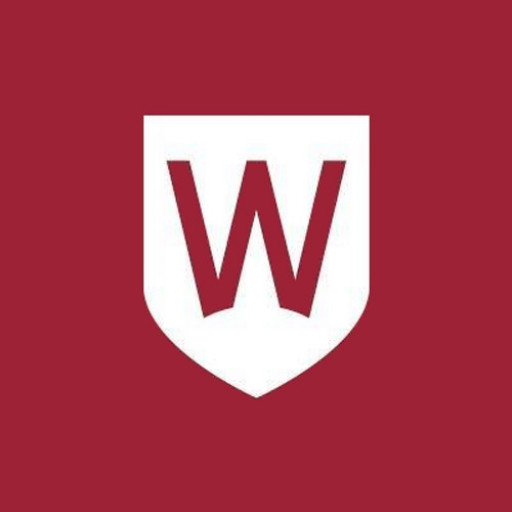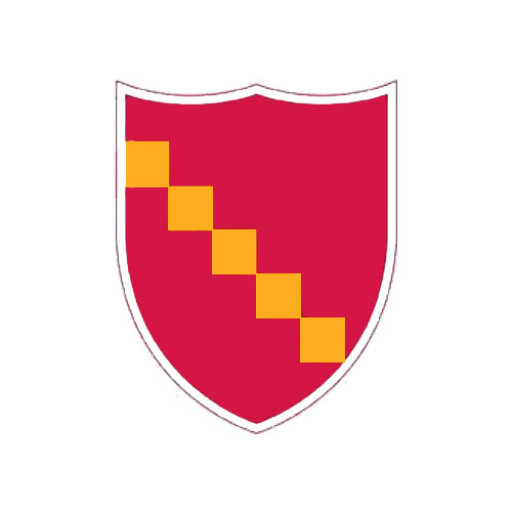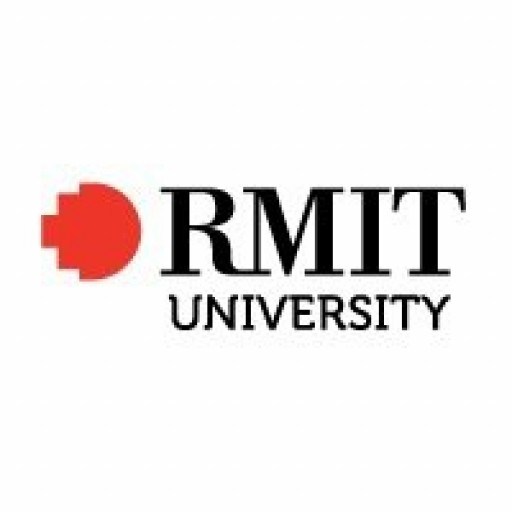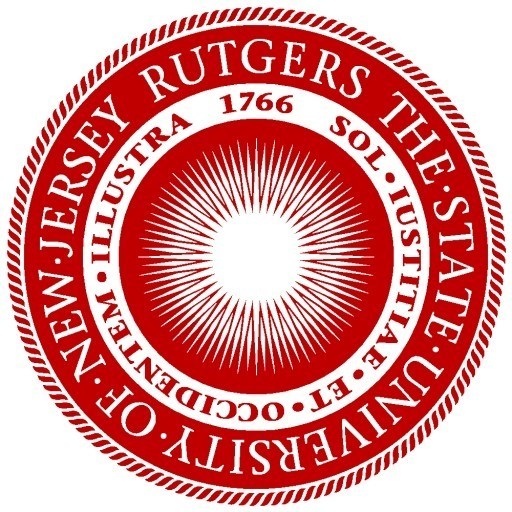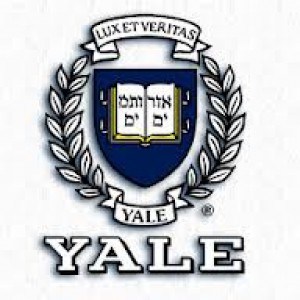Photos of university / #ubridgeport
Acupuncture and Oriental medical care is one of the most respected healing professions around the globe. It serves a quarter of the worlds population and has increased in public acceptance in the United States and Europe as the fastest growing complementary health care field. Oriental medicine has gained this respect by being both the most ancient written form of medical therapy known and a form of medicine with excellent clinical results.
Integrative Health Care Preparation
Oriental medicine, which encompasses acupuncture, herbal therapy, manual therapy, diet counseling, exercise and breathing techniques has been in use for thousands of years. Over the millennia, the Asian community has continuously refined this ancient healing art. During the last century, this refinement has included integration of Western medical sciences within the paradigm of traditional Oriental medicine.
The development of the Master of Science in Acupuncture degree program integrates the medical concepts of both the East and West. The student will learn modern and classical acupuncture and Oriental medical theory as well as up-to-date western bio-medical sciences.
The Master of Science in Acupuncture degree programs goal is to provide acupuncture and Oriental medical training consistent with the developing traditions on Asia and the growing modern health care system in the United States.
Having an opportunity to work alone and in conjunction with other health care practitioners in the Health Sciences Center, the students will be able to integrate the care of patients with other health care providers. Thus, the student gains a real world advantage before entering private practice.
Overview
The acupuncture curriculum consists of an intensive 34-month (six semesters, 2,645 hours) program of lecture and clinical courses. Practitioners learn the fundamental energetic principles, physiologic concepts, theoretical foundations, and diagnostic and therapeutic procedures of traditional Chinese medicine (TCM). Treatment modalities include acupuncture, manual therapy (Tui Na), diet counseling, nutrition, and exercise and breathing therapy (Taijiquan and Qi Gong). The clinical sciences incorporate Western anatomy, physiology and pathology and Western diagnostic interpretation. The combination of Eastern and Western philosophy and sciences is essential when working in conjunction with other health care providers.
During the first year of study, the practitioner gains philosophical background and biomedical knowledge that serves as preparation for clinical experience. The second year deepens the practitioners knowledge of Eastern and Western diagnostic skills and therapeutic modalities. During the third year, the curriculum is centered on hands-on learning in the student clinic where practitioners gain the clinical skills and experience necessary for state and national certification exams as well as entrance into private practice. Western biomedical classes are held during the day while classes devoted to Traditional Chinese Medicine medicine are held on selected evenings during the week and every other weekend.
The newly renovated Health Sciences Center provides a state-of-the-art environment where interns of acupuncture are able to perform their clinical rounds. These interns work independently and collaboratively with chiropractic and naturopathic interns, sharing training and treatment strategies that are advantageous in developing an integrated treatment model.
Research Facilities
The University of Bridgeports Magnus Wahlstrom Library supports student and faculty research in acupuncture and herbal medicine. The library houses more than 220,000 books and 50,700 bound periodical volumes and subscribes to approximately 440 continuations (i.e. book series). Alternative and Western medical database searching is available on computer terminals. The terminals access MANTIS, IBIS, Index to Chiropractic Literature, Alt-Health Watch, the Internet, LEXIS-NEXIS and MEDLINE (PubMed). One terminal accesses eighteen medical CD-ROMs. Books and journals are in the librarys Online Public Access Catalog. The library also provides a free interlibrary loan service for all students and faculty members. Resident halls are networked for individual computer hookups.
Class Size
Class size for incoming full-time classes will be limited to a maximum of 35 students.
Employment Outlook
Acupuncture and Oriental medicine (AOM) are among the most requested forms of treatment in the fast-growing field of complementary and integrative medicine and hold promise as among the key modalities to be used in current and future integrative medical settings.
Acupuncture practitioners can create financially supportive careers with flexible work schedules that are rewarding on many levels. An acupuncture career offers the opportunity for a balanced lifestyle for both the practitioner and her patients.
The acupuncturist is rewarded for helping others get well and stay well. They help people have less pain and more mobility.
Patients are viewed from a holistic perspective, taking into account their physical, mental, and emotional health. Acupuncturists are able to spend time developing a collaborative relationship with patients, assisting them in maintaining their health and promoting a consciousness of wellness.The settings in which acupuncture practitioners work vary from a multi-disciplinary clinic with other health care professionals, to a hospital, to a private practice. Other career options include teaching, translating, publishing, research, or working with an acupuncture supply company.
According to the Council of Colleges of Acupuncture and Oriental Medicine, there are approximately 20,000-25,000 AOM licensees throughout the United States. While current data concerning the income of these practitioners nationwide is not available, recent estimates have suggested an annual starting salary range of $40,000-$80,000. It is not uncommon for practitioners to earn in excess of this amount, with reported salaries in some instances exceeding well over $100,000.
Most graduates of acupuncture schools and colleges start private practices and are their own boss. They can choose the work environment that is best for them.
As a result of increasing demand from health group members for alternative care coverage, group health insurance companies such as HealthNet, CIGNA, and Aetna provide varying degrees of acupuncture care coverage. The amount of coverage depends on each individual plan. Some health plan policies require that the individual or employer group purchase an additional Alternative Medicine Rider to provide coverage for acupuncture services.
A survey released by the Kaiser Family Foundation and Health Research and Educational Trust, published in September 2004, revealed that employer coverage for acupuncture increased 14 percent from 2002 to 2004, making it one of the fastest-growing CAM therapies to be included as a covered service for American workers with health benefits. (Employer Health Benefits 2004 Annual Survey . ISBN #0-87258-812-2. Henry J. Kaiser Family Foundation, Menlo Park, Calif., and Health Research and Educational Trust, Chicago, Ill. Copyright 2004.)
The Master of Science in Acupuncture degree program is 3 years in length (34 months) and is scheduled on a semester basis. The curriculum of this major consists of seven (7) distinct areas:
1. Acupuncture Practice and Techniques
The nine (9) acupuncture courses introduce students to the theoretical and practical information of acupuncture therapy. The student becomes proficient in the clinical applications of acupuncture, moxibustion, cupping, electrical stimulation, and bleeding techniques. The student learns to identify acupuncture points by anatomical location, palpation, and proportional measurement. The classification, function and indications for each acupuncture point are discussed and demonstrated. In addition to the twelve bilateral channels, two midline vessels and six other extra meridians, forbidden and contraindication of points are discussed. In addition, extra points, auricular points and other categories of acupuncture points are demonstrated and treatment techniques based on these extra meridians and points are discussed and practiced.
2. Asian Medicine Theory, Diagnosis and Application
The twelve (12) TCM medicine theory and diagnosis courses are designed to provide the student with an understanding of the scope, philosophy, theory and conceptual frame work of TCM medicine and how acupuncture specifically affects the body within the TCM treatment paradigms. Emphasis is placed on Traditional Chinese Medicine (TCM) diagnoses and effective treatment strategies.
3. Western Biomedicine
The twelve (12) western biomedical courses are designed to train the student fully about western medical terms, history taking, physical exam and diagnostic skills. The student learns how to make the appropriate referral and consultation, as well as the clinical relevance of laboratory and diagnostic tests and procedures.
4. Herbal Medicine Survey
The four (4) courses in herbal medicine and dietetics give the student a basic introduction to western and Chinese botanical medicine and TCM treatment philosophies relevant to herbal medicine and clinical diet therapies. Training in botanical medicine is limited in the Acupuncture Institute to three survey courses: Botanical Medicine, Introduction to Chinese Herbal Remedies and Patent Remedies. Information is provided on indications, contraindications and drug-herb interactions. In addition, the two courses in dietetics and nutrition help the student understand the role of nutrition in patients' health. (Note that the course in western nutrition is listed under Western Biomedicine: ANT 521 Nutrition.)
5. Movement and Respiration Studies
The seven (7) movement and respiration courses are designed to enhance the students personal and energetic development. The student will be exposed to a wide variety of Asian movement practices that can be used to maintain their own and their patients health care needs. In addition to the movement studies, two courses in soft tissue treatment techniques are offered.
6. Counseling, Communications and Practice Management
The two (2) specific courses in this area enhance the students clinical skills, both in terms of diagnosing addressing patients psychological health and in the area of best business practices. In addition, the two second year seminars, cross referenced in the TCM Theory, Diagnosis and Application (ATD) section help students learn the fundamental skills needed for private practice, ethical and legal considerations in health care and special considerations for practice in integrated care settings.
7. Clinical Services
The five (5) clinical services courses are designed to allow the student to develop clinical, interpersonal communication and decision-making skills. In addition, students learn professional conduct, efficiency and confidence in dealing with patients on a regular basis. From inception through the end of clinical training, the student has the opportunity to observe and work with advanced TCM practitioners as well as other health care professionals. This allows the student to understand how and when to make appropriate referrals. Clinical service rotations are available in the UBAI on-campus clinic as well as in community and hospital outreach clinical sites. By the end of clinical training, each student will have seen a minimum of 380 patient visits and will have completed 830 hours of clinical training.
Want to improve your English level for admission?
Prepare for the program requirements with English Online by the British Council.
- ✔️ Flexible study schedule
- ✔️ Experienced teachers
- ✔️ Certificate upon completion
📘 Recommended for students with an IELTS level of 6.0 or below.
